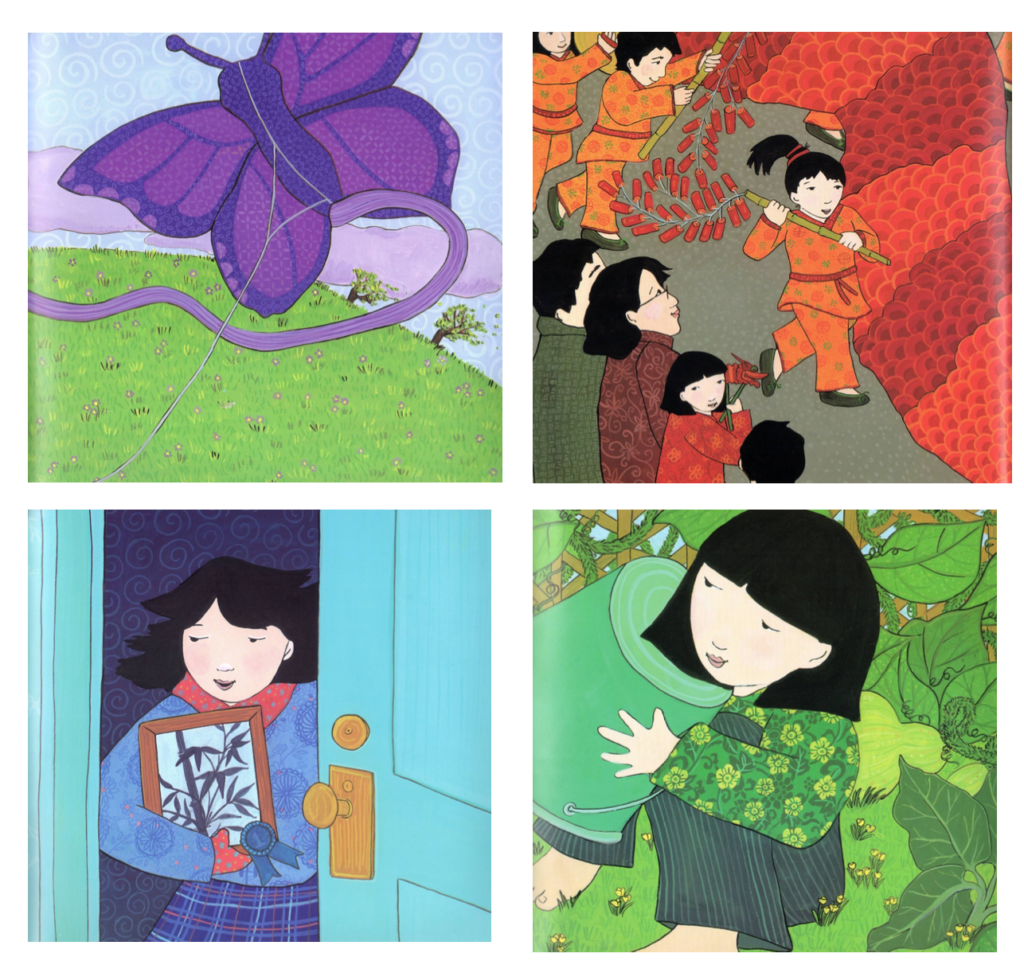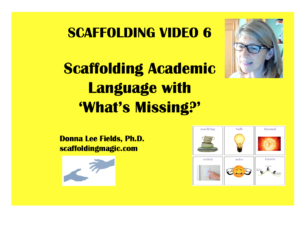This scaffold is magic!!!
Download PDF of scaffold here.
theory behind the scaffold…
‘Intelligence is not necessarily hereditary. Education can transform a child’ asserts Karl Witte*, a pioneer in blended learning. We have the tools, he says, to help our students to change the course of their academic and then professional lives, no matter the level of their abilities before they enter our classes. First we have to believe this concept (have high expectations), and then we need to ……………………………….. geared toward developing verbal, oral, and aural skills.
Academic language is so important that ……………………………………………. In this age of the Fourth Industrial Revolution, the quality of thinking our students reach in our classes, will be the difference between being qualified for jobs that technology is (still) not capable of performing, and watching the world from the sidelines.
This applies even to our youngest learners. We can help them to assimilate academic language even before they begin to read. If we verbalise first-, second- and third-tier words,*** through dynamic activities, we are helping them to become familiar with academic language that will serve them for the rest of their academic and professional lives.
The examples given here target 1) every day school supplies and 2) ways you can approach the reading of stories in your classes. Y……………………..
**Zwiers, Jeff Academic Conversations: Classroom Talk that Fosters Critical Thinking and Content Understandings
***Beck, Isabel L. Creating Robust Vocabulary
step by step…
- Print them out, p…………………………………. these to your students.
- Show …………………………. Verbalise the image linguistically and in full sentences, and your students repeat the full sentences. (Example: ‘………………………………
…………………………………
- If…………………………………… For the youngest learners, this will help them to kinesthetically connect to the lesson.
- Once you have shown all the images at once,……………………………………………………. (See example below.)
Students with the images in front of them will be removing the images t……………………………for 3-year-olds, it will help them to assimilate the dynamic and the information.
- The activity continues until you are satisfied that the students have learnt the words/images thoroughly.
- Formative Assessment: S……………………………..s to verbalise what they see – in full sentences.
- Reflection: Ask students to t………………………try to remember the image that was missing, to take control and remove one of the images themselves?
*Witte, Karl (1914). The Education of Karl Witte: Or, The Training of the Child. New York, Thomas Y. Crowell Company.
**Zwiers, Jeff & Crawford, Marie (2011). Academic Conversations: Classroom Talk that Fosters Critical Thinking and Content Understandings, USA, Stenhouse Publishers. ***Beck, Isabel L. (2008). Creating Robust Vocabulary, New York, Guildford Publishing
You can do the same with images from a story you are about to read. (See an example below taken from the beautifully illustrated story The Red Dragon by Roseanne Thong.)
In this case, you can include images, colours, objects, animals, landscape, etc. You can use a variety of themes especially if and when you repeat the story.
video explanation of scaffold…


Scaffoldingmagic.com is your entryway into DYNAMIC bilingual learning methodologies, such as Phenomenon-Based Learning, CLIL, EMI, and ESL. You’ll find ways to implement critical thinking tools (DOK) to promote higher level thinking, the growth mindset, instill an ethic of excellence, deep reflection on learning, and all through multi-cultural, interdisciplinary activities. We have the keys to turning competences into action and to creating collective efficacy in your school so you move ahead as a unified, enthusiastic team.







